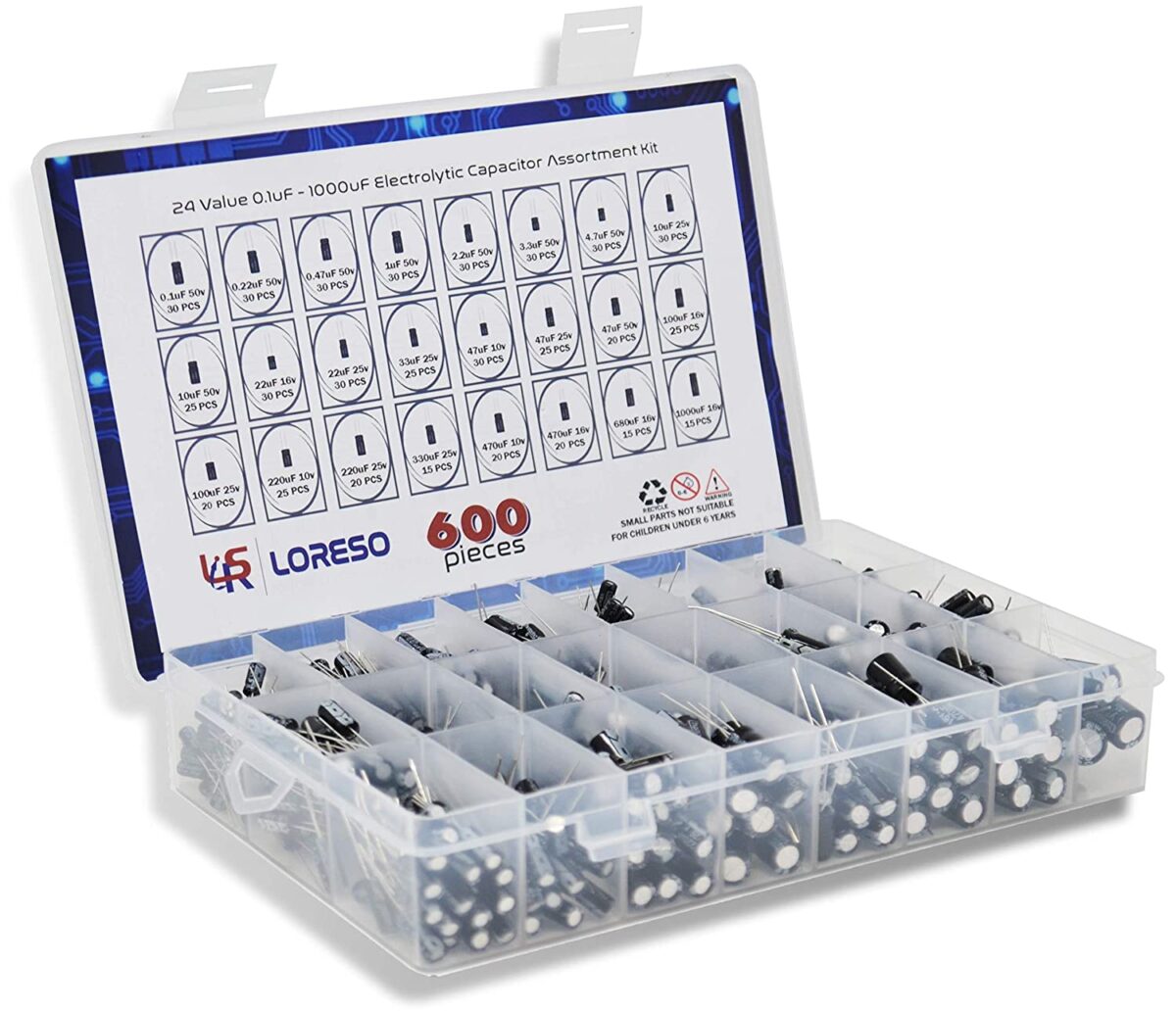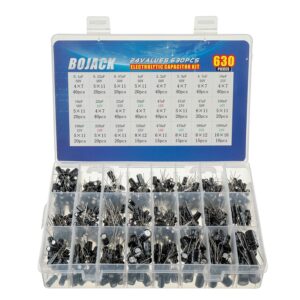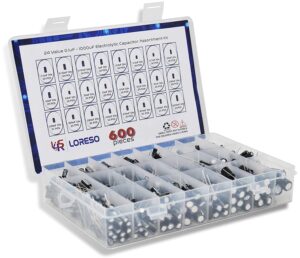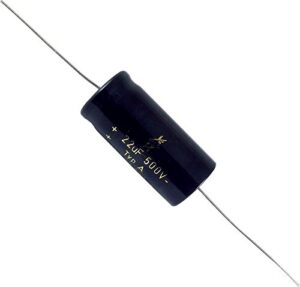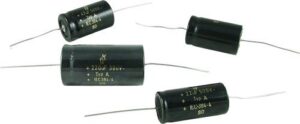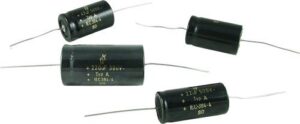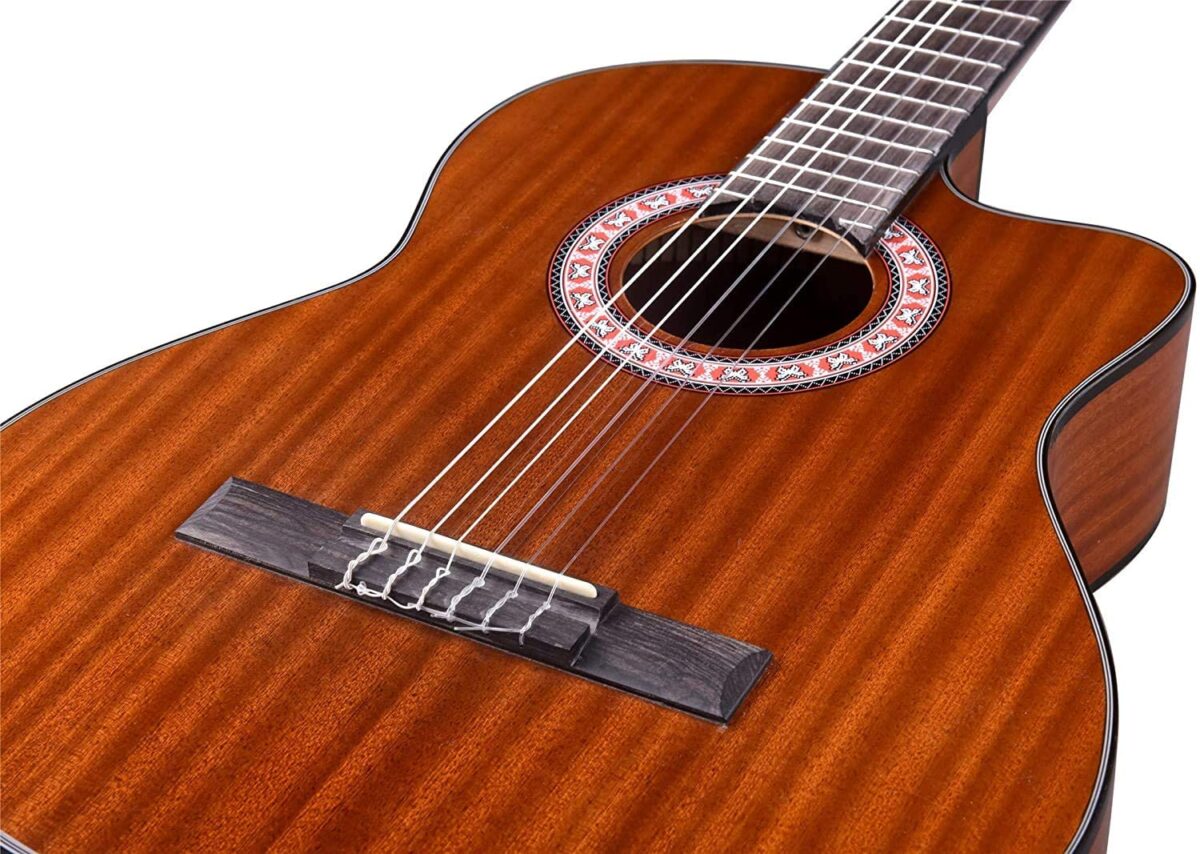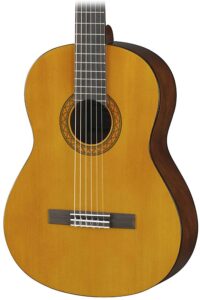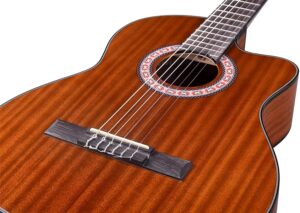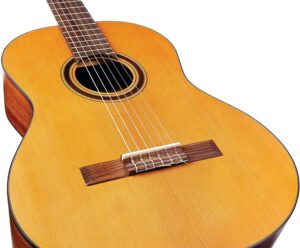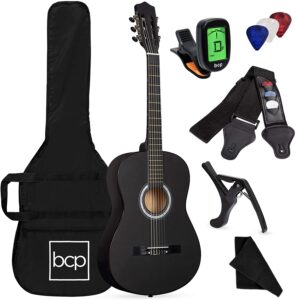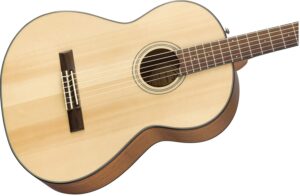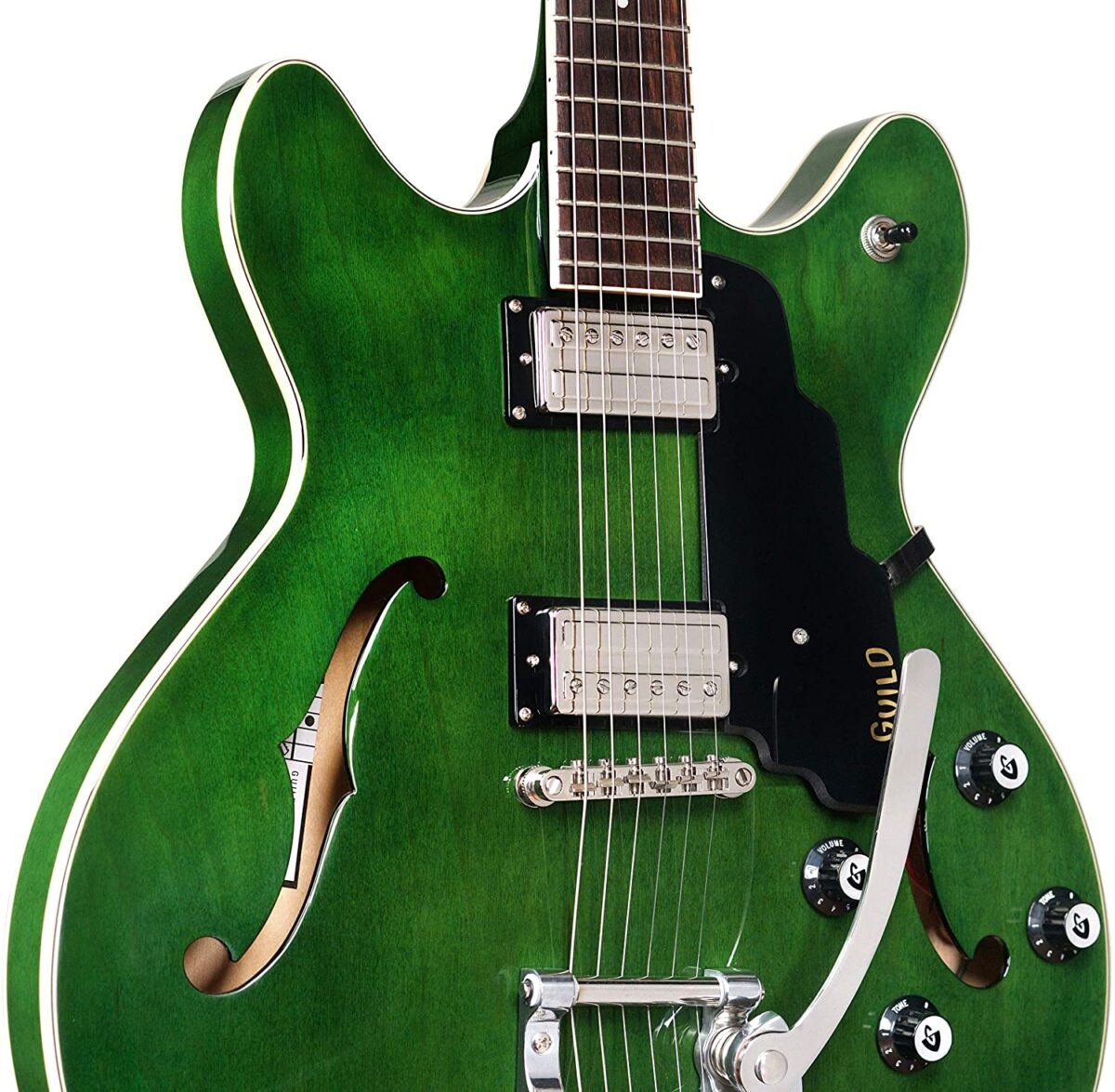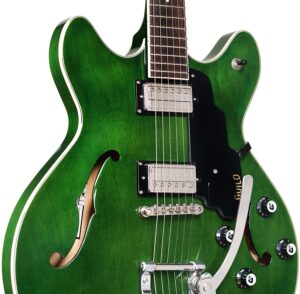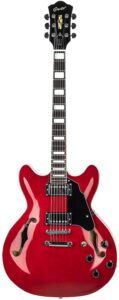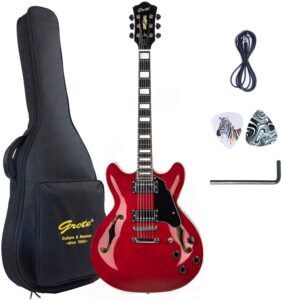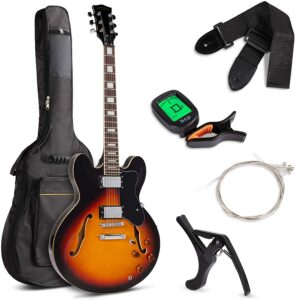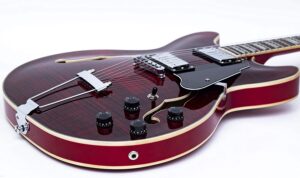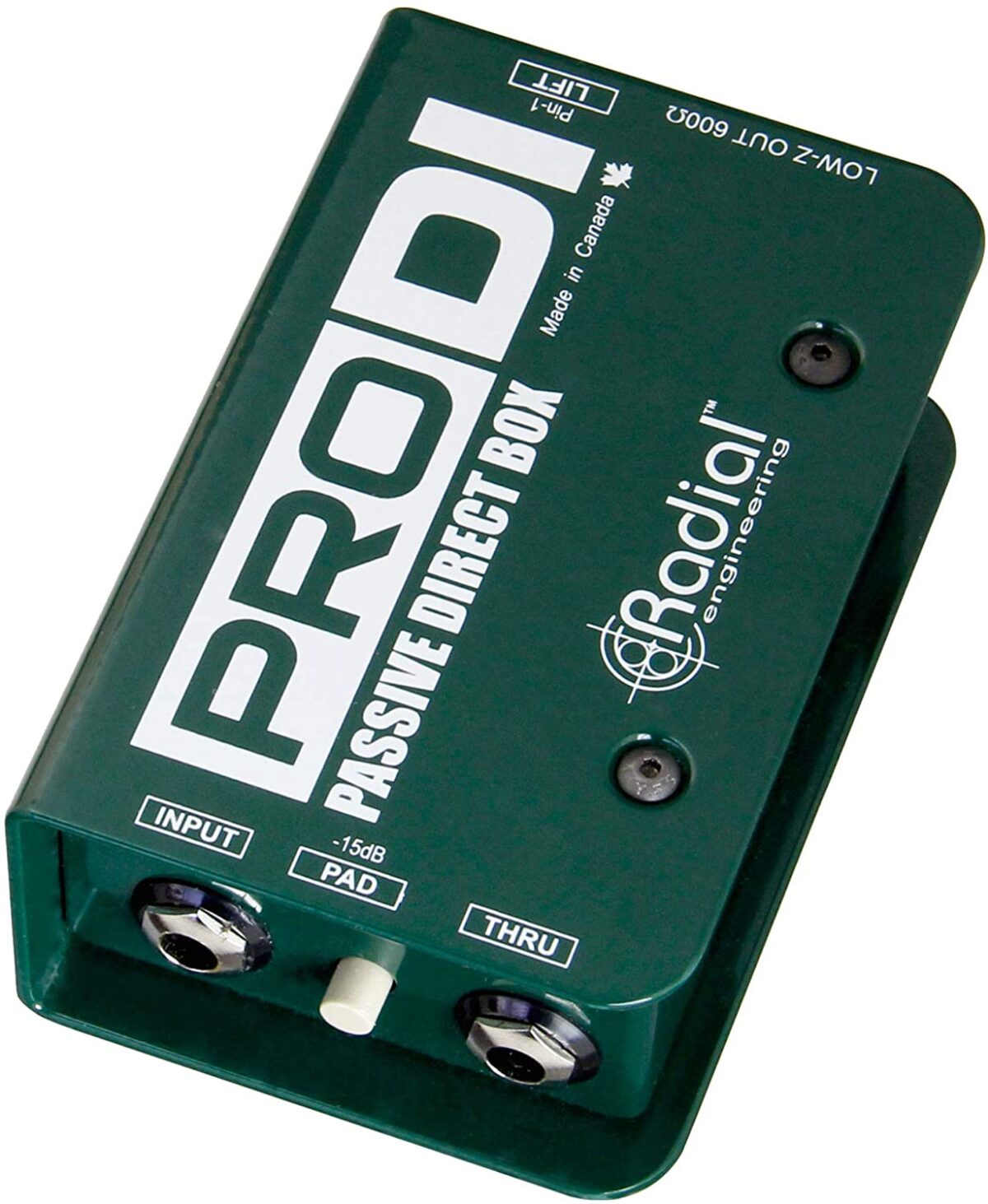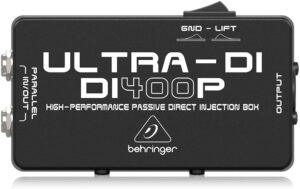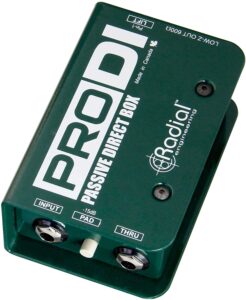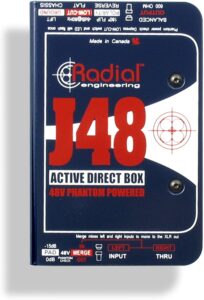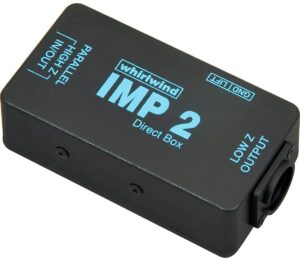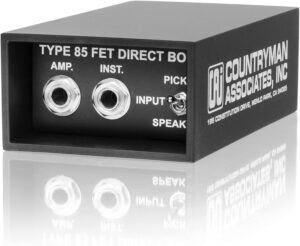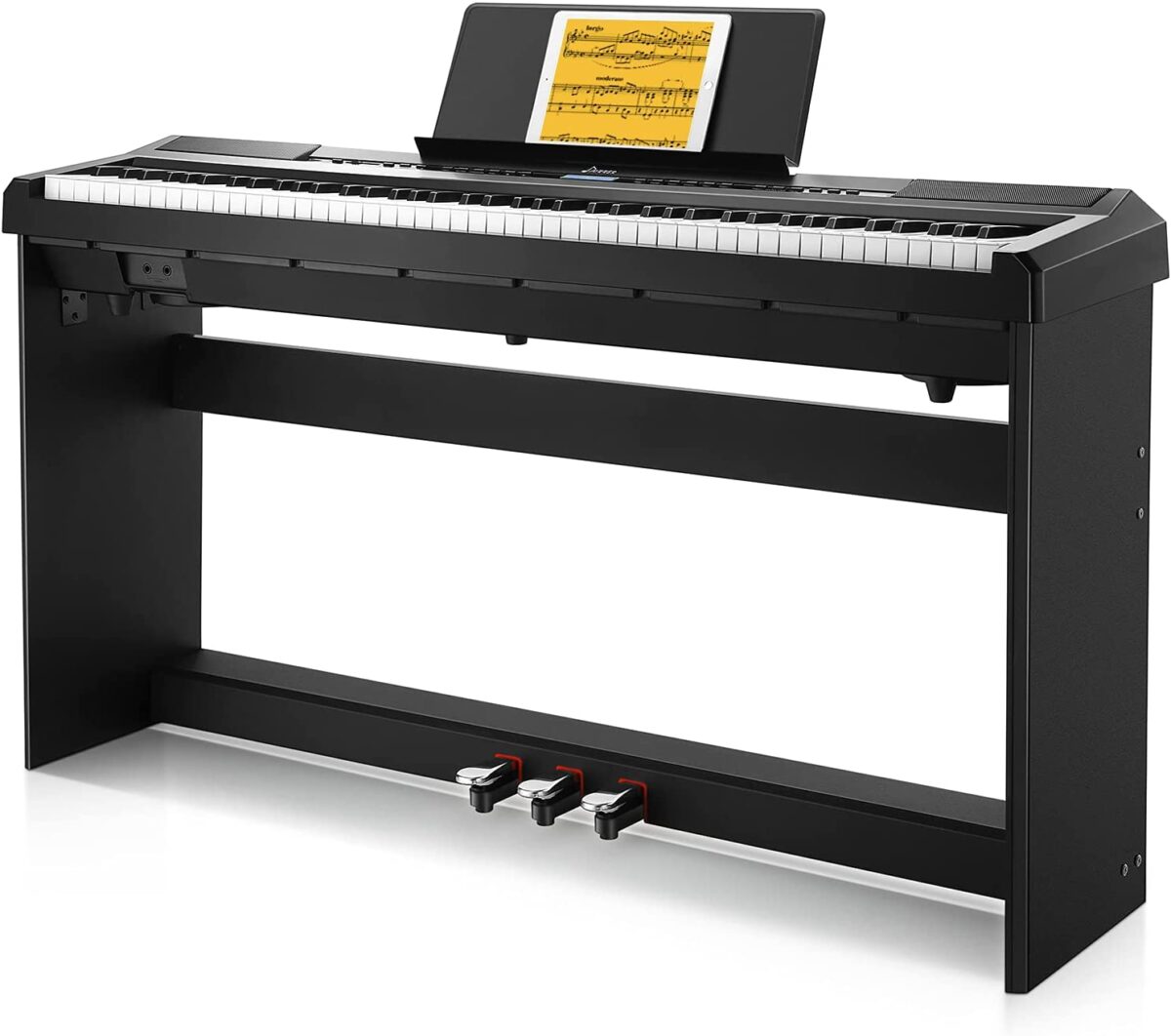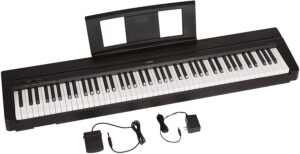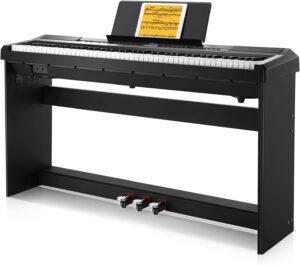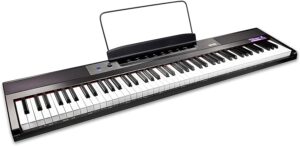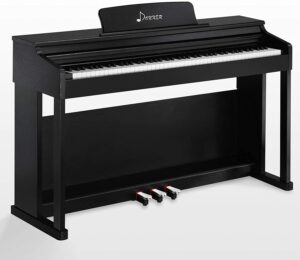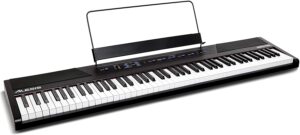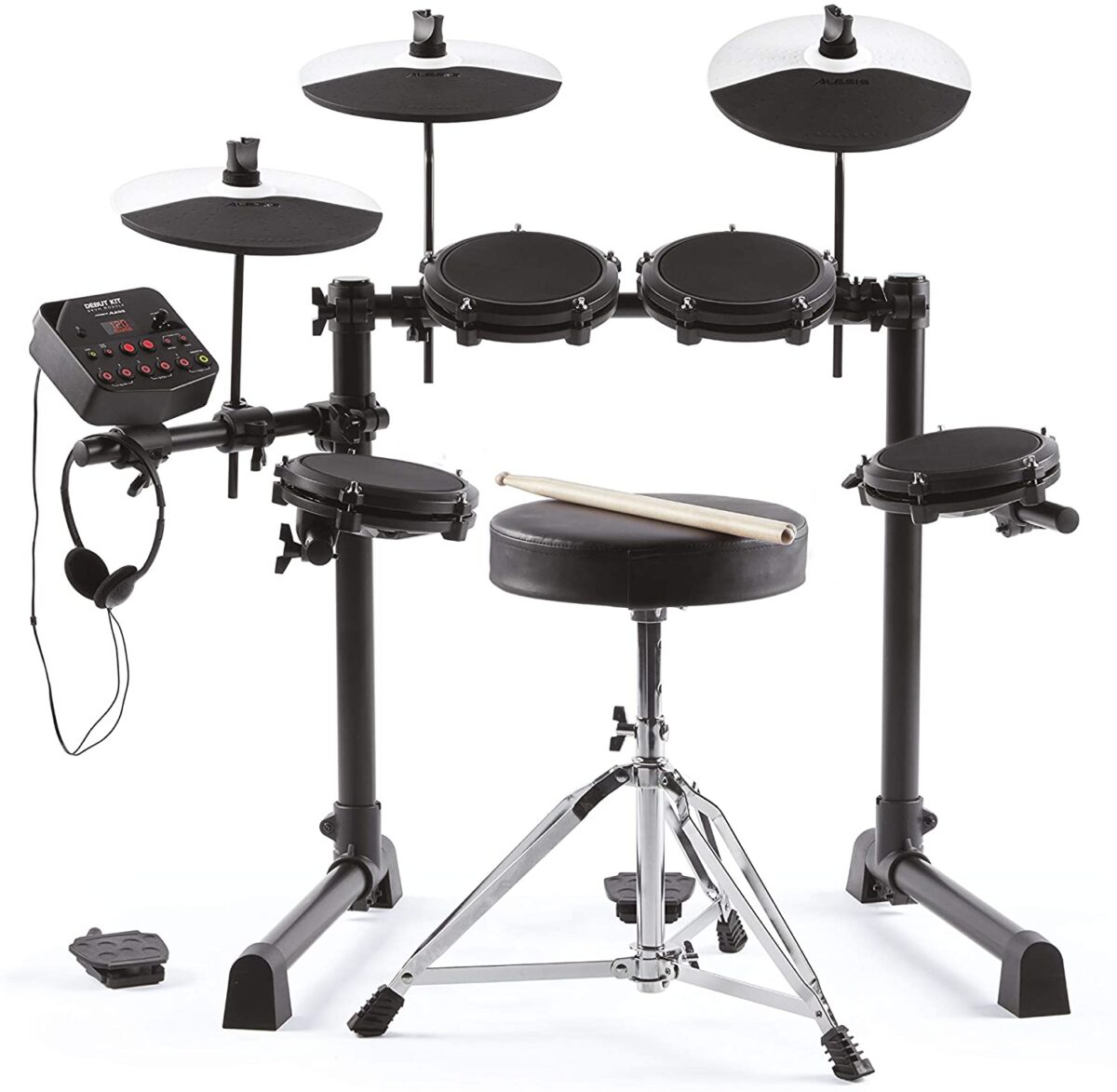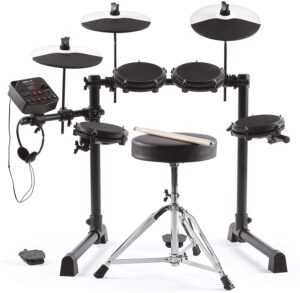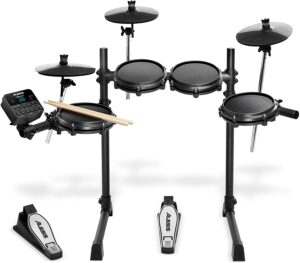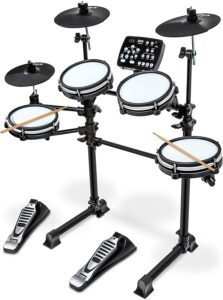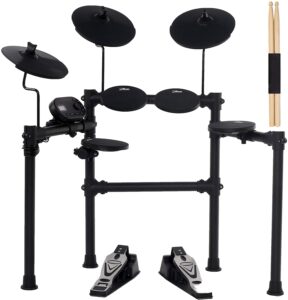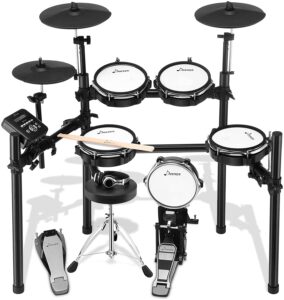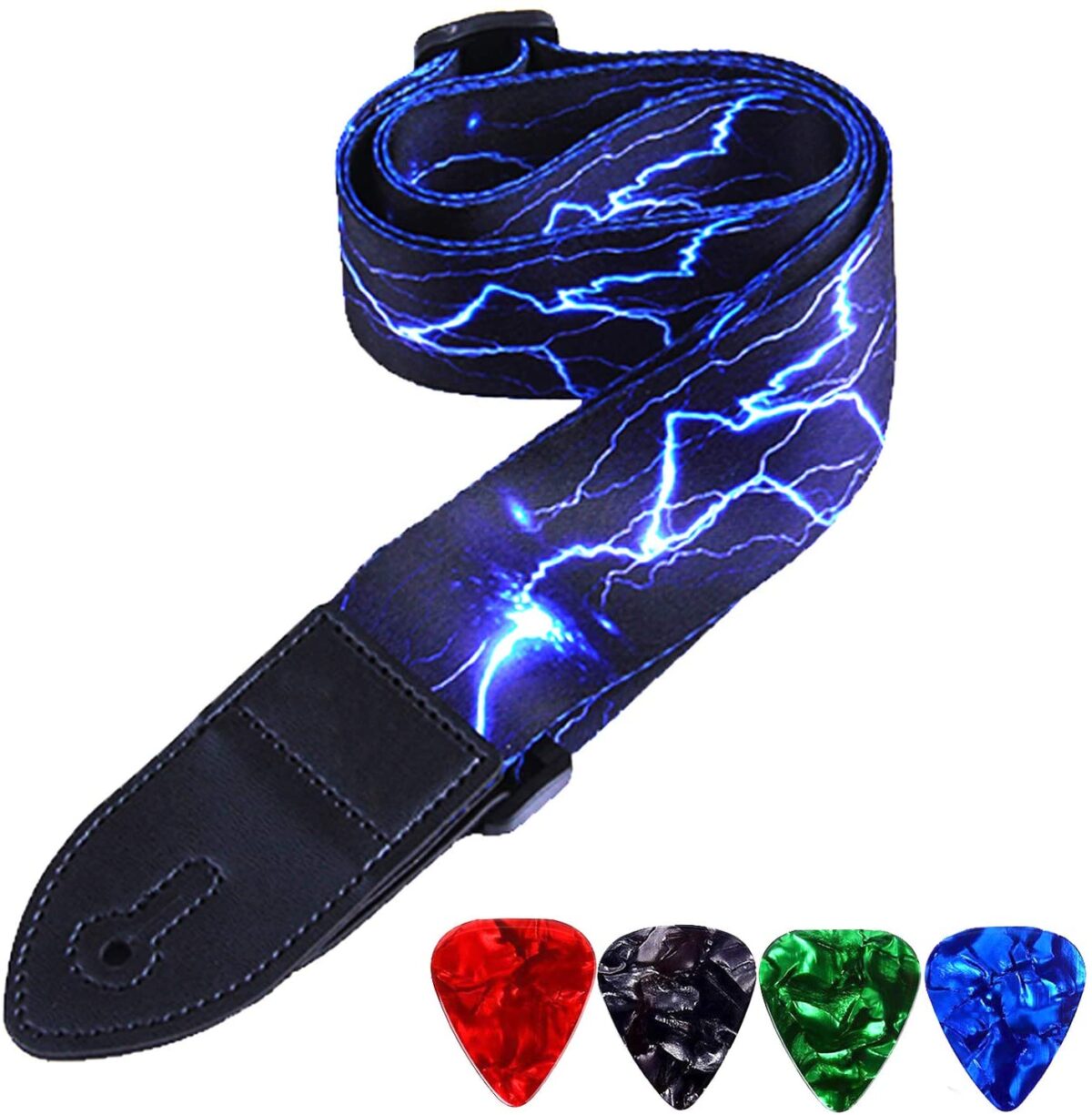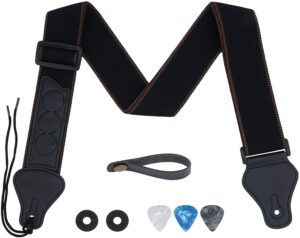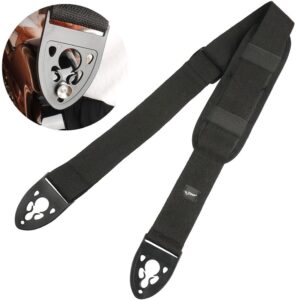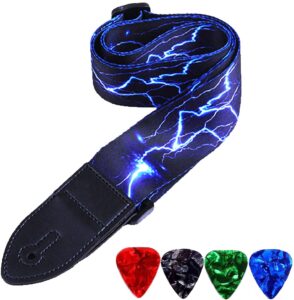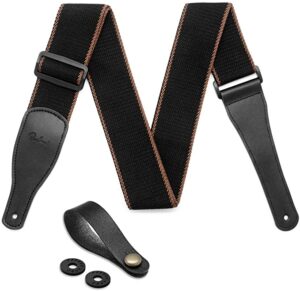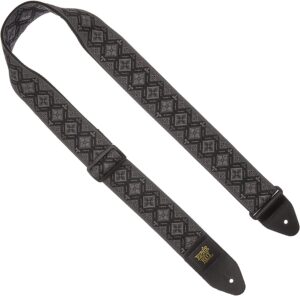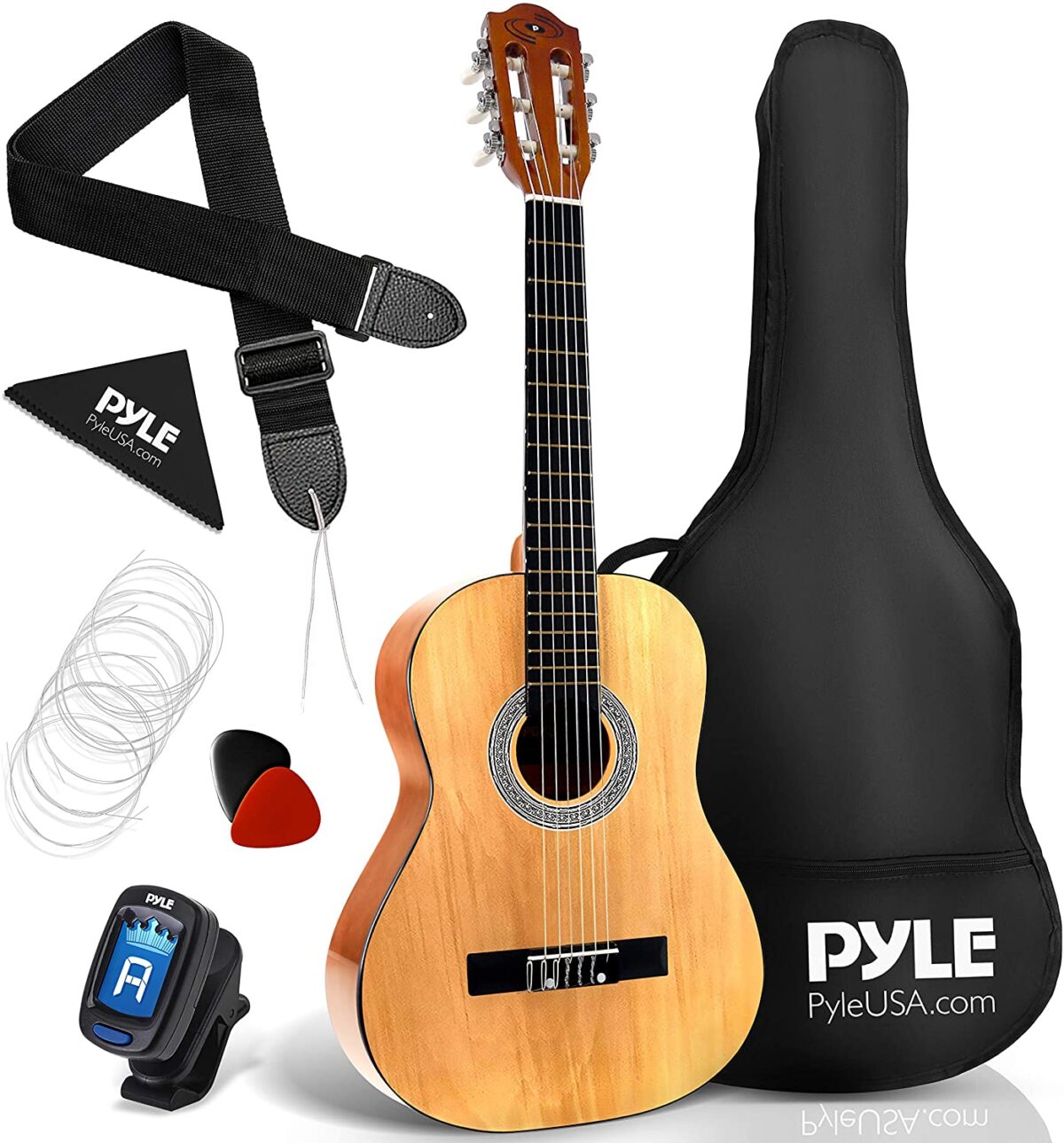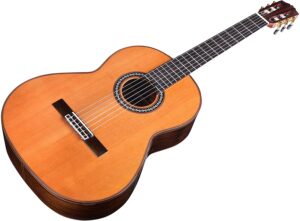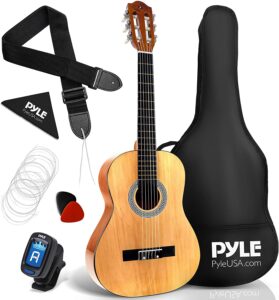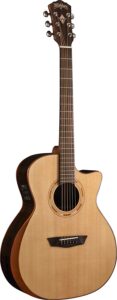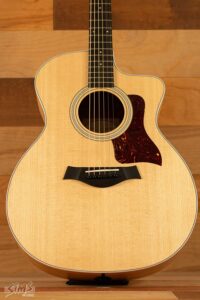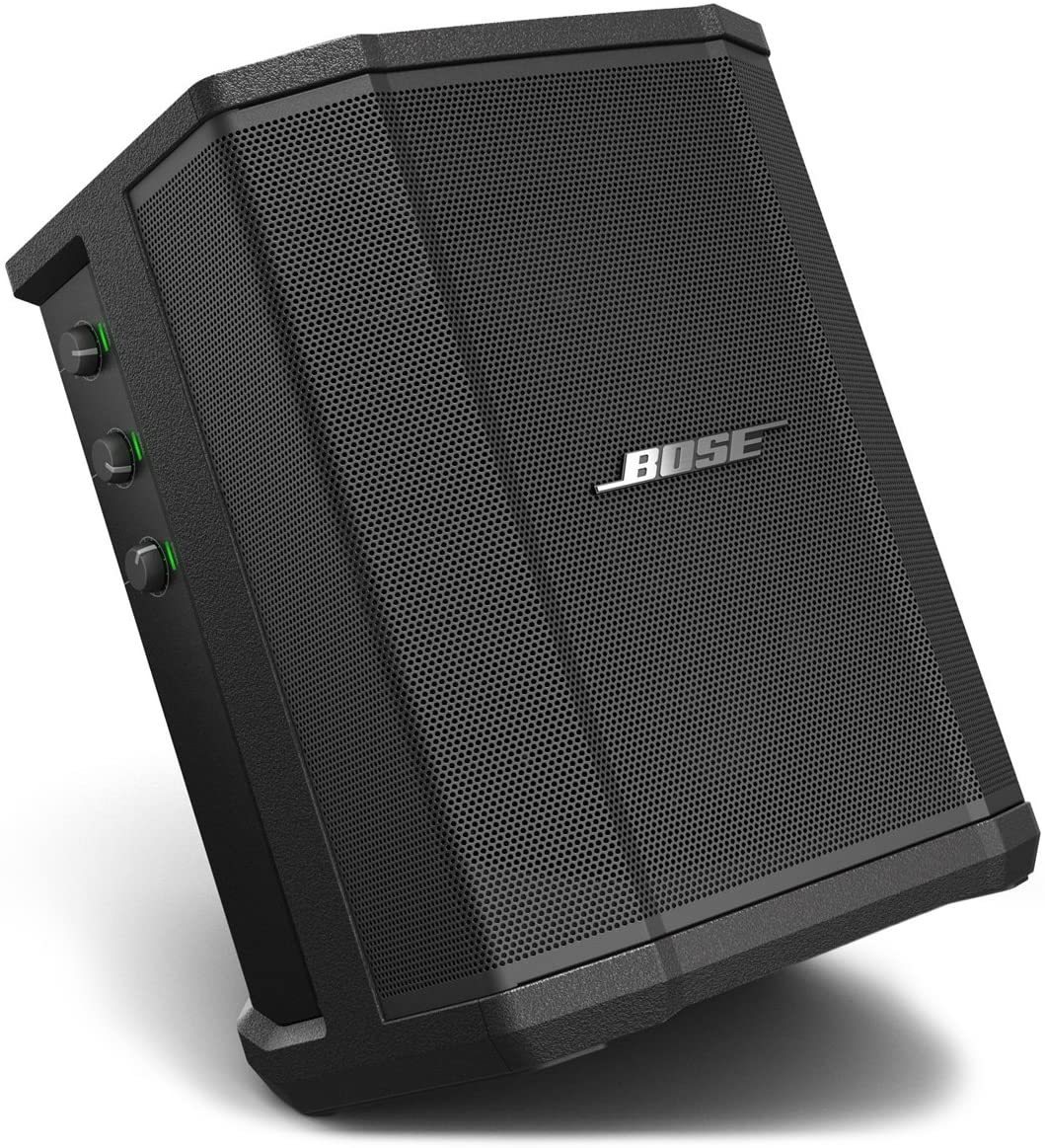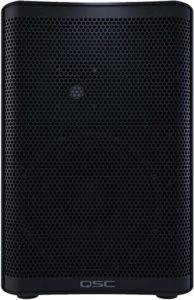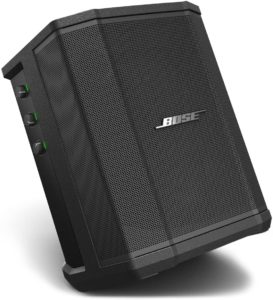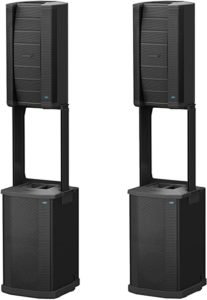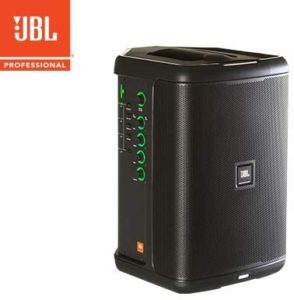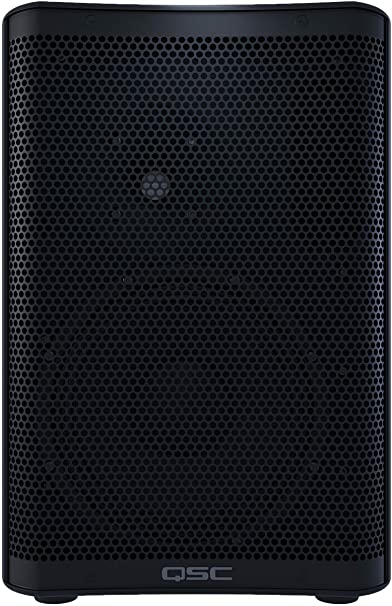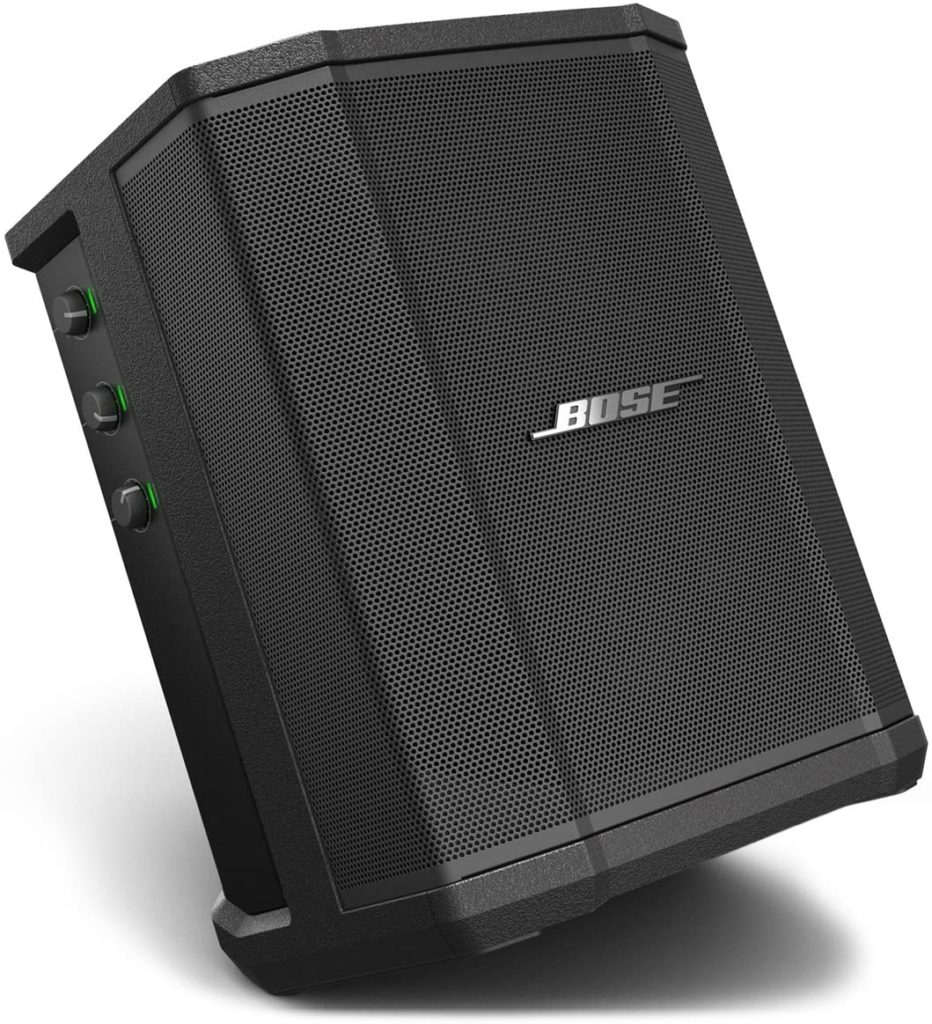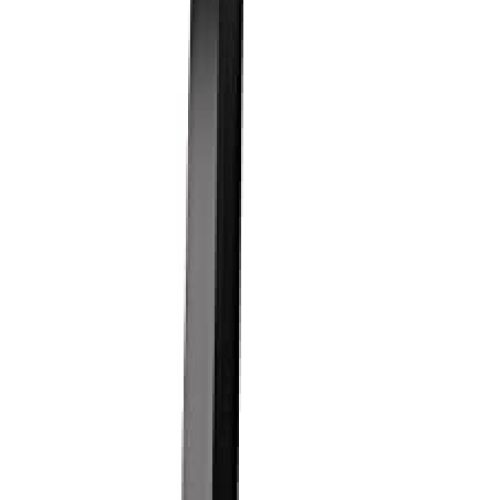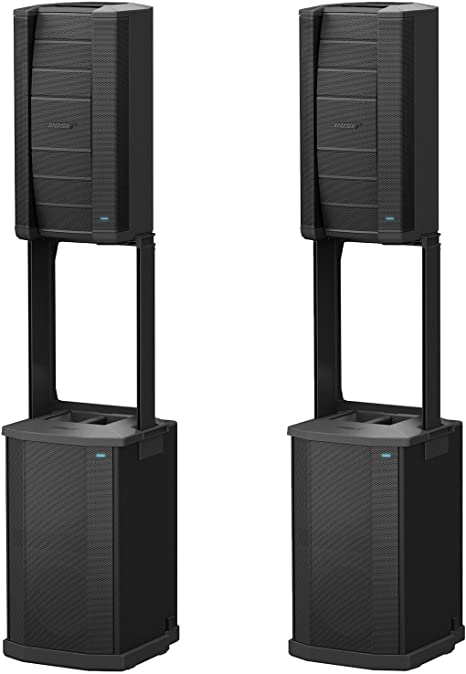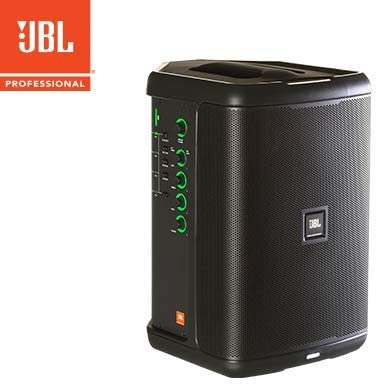Electrolytic capacitors store power and release it to your amplifier in short bursts when needed. So it is a key component that keeps the amplifier performing consistently in times of high power demand. In a guitar amp, a damaged capacitor causes the sound quality to be unbalanced, midrange-heavy, and dull.
That’s why you need to have a stock of extra electrolytic capacitors with you to be sure that your amplifier will perform at its best during all your gigs and jams. For your convenience, we have researched and shortlisted five of the best electrolytic capacitors for guitar amps. Why waste time searching when you can just choose one from this list? So let’s get into it.
| IMAGE | PRODUCT | DETAILS | ||
|---|---|---|---|---|
Our Top Pick | Our Top Pick | BOJACK 24Value 630pcs Aluminum Electrolytic Capacitor Assortment Box Kit |
| Check Latest Price |
2 | 2 | Electrolytic Capacitor Assortment Kit Box by Loreso |
| Check Latest Price |
3 | 3 | F&T Electrolytic Guitar Amp Capacitor, 22uF – 500V |
| Check Latest Price |
4 | 4 | F&T Electrolytic Guitar Amp Capacitor, 10uF – 500V |
| Check Latest Price |
5 | 5 | F&T Electrolytic Guitar Amp Capacitor, 47uF – 500V |
| Check Latest Price |
Best Electrolytic Capacitors for Guitar Amps
The Electrolytic Capacitor Assortment Box Kit from BOJACK consists of 630 capacitors ranging from 0.1uF to 1000uF with voltage ratings of 10V 16V 25V 50V. These high-precision aluminum electrolytic capacitors are highly durable with an optimum temperature range of -40℃ to +105℃. All 630 pcs are packed in a durable well-labelled and easily accessible container. Along with guitar amps, these durable capacitors can also be used to repair LCD monitors, microwaves, game consoles, and a lot of other electronic equipment.
What We Liked
- 630 pcs with a wide range from 0.1uF to 1000uF
- high-precision highly durable aluminum electrolytic capacitors
- Easily accessible and portable container
What We Didn’t Like
- 630 pcs, maybe a little too much if you are not a professional.
The electrolytic capacitor assortment kit box by Loreso contains 600 pcs of high-quality electrolytic capacitors. The 600 x 24 Value Electrolytic Capacitors range from 0.1uf to 1000uf, so you can use them to repair a wide range of electronic equipment. The container is also durable and easy to handle.
What We Liked
- 600 pcs of high-quality electrolytic capacitors
- Range from 0.1uf to 1000uf
- It can be used to repair electronic equipment like TV, microwave, amplifier, etc.
What We Didn’t Like
- 600 pcs may not be useful if you do not repair more often
The F&T Electrolytic Guitar Amp Capacitor is a 22uF – 500V capacitor suitable for electric guitar amplifiers. It is a high-quality made in Germany capacitor with an operating temperature range of -40°C to 85°C. Overall, the product is highly durable and efficient.
What We Liked
- High-quality premium product
- Operating temperature of -40°C to 85°C
- Highly durable
What We Didn’t Like
- • Well, we haven't found any problems with this one.
The trusted brand F&T Capacitors brings another high-quality solution for electric guitar players. The 10uF – 500V electrolytic capacitor is a highly durable capacitor suitable for electric guitar amps. The operating temperature ranges from -40°C to 85°C, making it a long-lasting and efficient product.
What We Liked
- Designed for guitar amps
- 10uF - 500V electrolytic capacitor
- Highly durable and efficient
What We Didn’t Like
- Users don't really have any complaints about this product.
F&T Capacitors 47uF – 500V capacitor is as durable and efficient as other F&T capacitors in this list. The Axial lead electrolytic capacitor is a premium quality long-lasting product with an operating temperature is -40°C to 85°C.
What We Liked
- High-quality product
- Operating temperature of -40°C to 85°C
- Durable and Efficient
What We Didn’t Like
- Just like the other two F&T products, there's nothing to complain about here as well.
How to Buy the Right Capacitor?
Hundreds of capacitors are available online, and it is easy to end up buying the wrong product out of confusion. So, to make sure that you get the right product, you must assess the following factors carefully.
• Requirement: First of all, you need to focus on what you need. If you are not a technician who requires several capacitors, it is better to purchase a single product according to your requirements. However, if you need more capacitors, you can buy the bulk boxes to cut costs.
• Specifications: Before buying a capacitor, make sure that you have the right information about the type of capacitor you need for your amp.
• Brand: Finally, that you only buy a reliable product made by trusted brands. Buying good-quality capacitors will ensure efficiency and durability.

